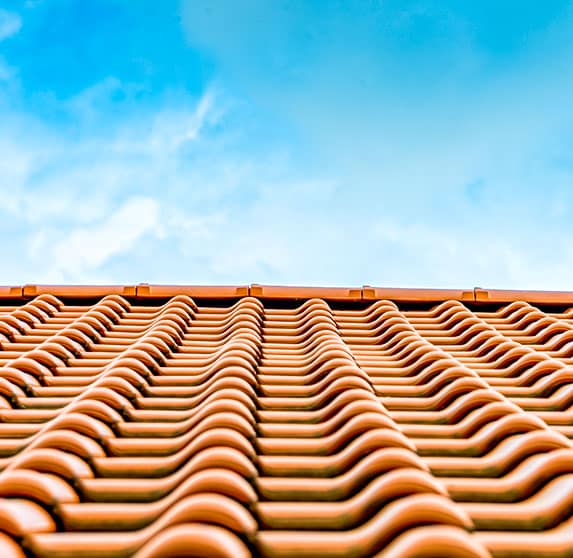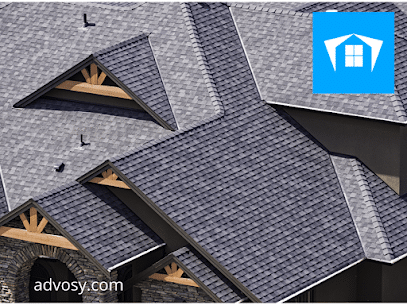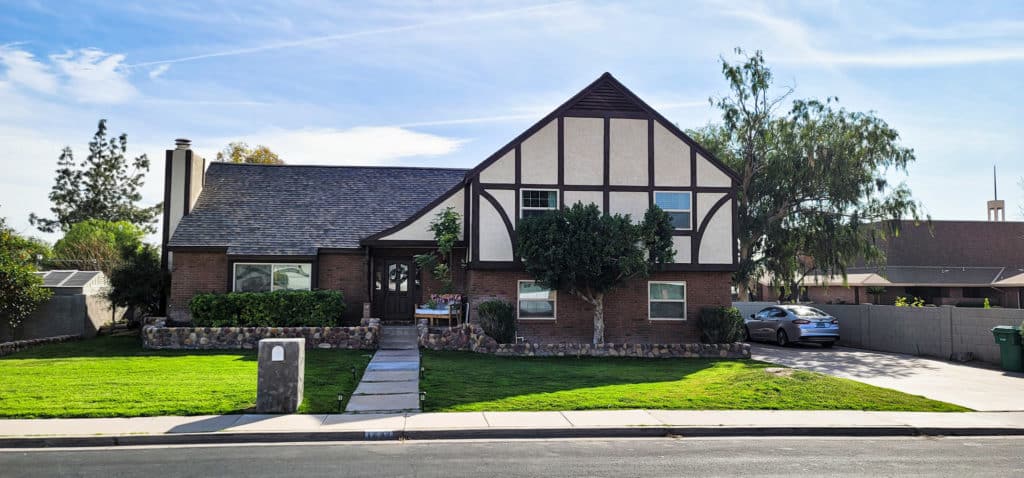Metal roofing is a popular option for Arizona homeowners due to its durability, longevity and energy efficiency. However, the slope required for metal roof installation in this state can vary depending on a number of factors. This article seeks to provide an overview of these considerations as it pertains to how much slope does a metal roof require in Arizona. Additionally, relevant building code requirements are discussed that must be adhered to when constructing with metal roof systems in this region. Ultimately, ensuring proper sloping of the metal roof will help ensure maximum performance and longevity for years to come.
The National Roofing Contractors Association (NRCA) defines minimum slope requirements for various types of roofs based on traditional asphalt shingle application standards. With respect to metal roofing, NRCA recommends maintaining at least 2:12 or greater slopes throughout the entire roof surface area prior to installing any type of membrane or flashing material underneath the panels. When considering specific regions around the country such as Arizona’s climate and environment, additional consideration must be taken into account during construction planning.
Definition Of Metal Roofing
Metal roofing is a type of system which is used to cover the exterior surface of a building. It consists of metal panels or shingles, which are installed and connected together on top of an existing structure in order to provide protection from harsh weather conditions such as rain, snow, wind and heat. Metal roofs can also increase energy efficiency by reflecting sunlight away from the interior space and providing insulation for buildings. The material used for metal roofing varies widely depending on the application, but typically includes aluminum, steel or galvanized steel.
The installation process for metal roof systems requires careful consideration of the local climate and geographical location of the job site, as well as the desired aesthetic appeal and budget constraints. In certain areas with extreme climates, additional slope may be necessary to ensure proper drainage and reduce potential damage due to water runoff or heavy winds. Arizona is one such region that has specific requirements regarding minimum slope when installing metal roof systems; these regulations must be taken into account during any project planning phase.
Building Codes In Arizona
In Arizona, the building code requires a minimum slope of 3:12 for metal roofs. This is measured by calculating the rise (vertical height) divided by the run (horizontal length). For example, if the vertical height is 6 inches and the horizontal length is 24 inches then it would have a slope of 6/24 or 1/4 which equals 3:12. The purpose of this requirement is to allow rainwater and snowmelt to drain off the roof quickly without water ponding on flat areas. Additionally, metal roofs should be installed over at least one layer of solid sheathing such as plywood or oriented strand board in order to create an air space between the existing roof surface below and the new metal roof above. This helps prevent condensation from forming under the metal panels during extreme temperatures.
Benefits Of A Steep Slope
A metal roof in Arizona requires a slope of at least 2:12, or two inches of vertical rise for every 12 horizontal inches. This steep slope prevents water and snow from pooling on the surface, allowing it to run off safely. For this reason, having a steeper pitch can help extend the life of your roof and provide additional protection against weather damage such as hail and wind-driven rain. Additionally, with a steeper pitch comes better ventilation which helps reduce heat buildup inside the attic space during hot summer months. This improved air circulation also contributes to enhanced energy efficiency by reducing cooling costs in comparison to other types of roofs with less significant slopes. Finally, installing a higher pitched metal roof can improve the overall aesthetic appeal of the home due to its more sophisticated look compared to flatter surfaces.
Challenges Of A Shallow Slope
The use of a shallow slope metal roof in Arizona presents certain challenges. One major challenge is that the lower slope makes it more difficult to ensure adequate water drainage during rain events. Without proper and sufficient sloping, moisture can pool on the surface of the roof and cause potential damage such as corrosion or rusting. Additionally, if not properly designed for adequate runoff, there may be an increased risk of flooding due to inadequate drainage capacity.
Furthermore, without sufficiently steep slopes which allow snowfall to slide off easily and quickly, a greater accumulation of snow could occur leading to increased structural stress from excessive weight loads. Finally, because heat tends to collect on low-slope surfaces more readily than higher pitches, additional insulation may be required to prevent heat gain or loss in order to maintain desired interior temperatures throughout the year.
Calculating Pitch And Grade
In Arizona, the minimum slope requirement for a metal roof is 2:12 or greater. This indicates that for every 12 inches of horizontal travel (run) there must be at least two inches of vertical rise (rise). To calculate the pitch and grade, you can use a simple formula. Divide the rise by the run to determine the slope in decimal form. For example, if your roof has an 8-inch rise with a 48-inch run, you would divide 8/48 = 0.167 which would equal an approximate 16% grade.
To convert this percentage into degrees, multiply it by 360° to get 59°. Therefore, any metal roof installed in Arizona should have a pitch of at least 59°. It is important to note that local building codes may require higher slopes depending on geographic location and weather conditions such as snowfall or wind conditions. Consulting with a qualified professional is always recommended when installing roofs regardless of material type.

Installation Considerations
In Arizona, the slope of a metal roof must meet specific requirements for proper installation. Generally speaking, it should have a minimum slope of 1/4 inch per foot which is equivalent to about 2.3 degrees. This ensures that rain and snow are able to effectively run off the surface without pooling on top or seeping in through joints and seams.
It’s important to note that these slopes may vary depending on the type of material used as well as other factors such as climate, precipitation levels and local building codes. For example, some types of metal roofs require steeper slopes in order to prevent water from accumulating on their surfaces while others may be installed using lower pitches due to their interlocking design which helps create better drainage paths.
Maintenance Requirements
In Arizona, metal roofs require a minimum slope of three-fourths inch per foot. This is to ensure that water and debris do not accumulate on the roof’s surface or in its valleys, crevices, or seams. In addition to having an adequate slope for proper drainage, other maintenance requirements must be observed when installing a metal roof. These include ensuring that all fasteners are properly sealed with compatible sealants and any exposed areas have been coated with an appropriate primer and paint. It is also important that gutters, downspouts, and flashings be kept free of dirt, leaves, and other debris as this can lead to corrosion and damage over time. Furthermore, regular inspections should be conducted to check for loose nails or screws as well as corroded connections which could cause leaks. If any issues are found during these inspections they should be addressed immediately by replacing damaged components or sealing gaps where necessary.



